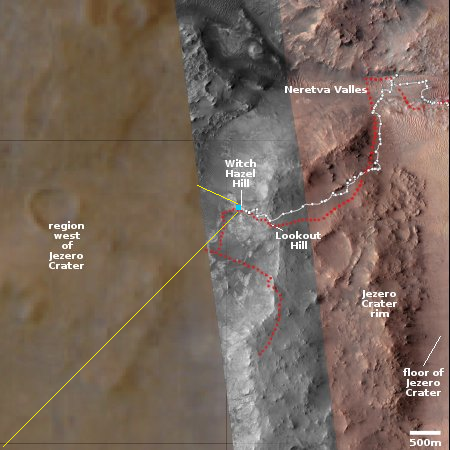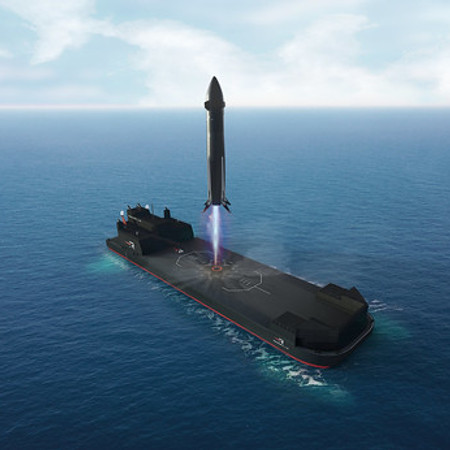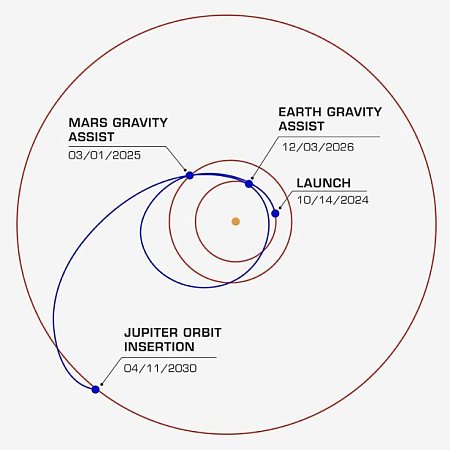February 28, 2025 Quick space links
Courtesy of BtB’s stringer Jay. This post is also an open thread. I welcome my readers to post any comments or additional links relating to any space issues, even if unrelated to the links below.
- Stoke Space touts another video of a 30-second static fire engine test of its multi-nozzle Andromeda upper stage rocket engine
Apparently the test destroyed the camera, though it did its job. Stoke seems to be closing in on getting that reusable upper stage with its very radical design ready for launch.
- NASA uploads the directive that approved the return of Starliner unmanned [pdf]
A lot is redacted, and the rest really doesn’t add anything to what we already know, as far as I could see.
- China agrees to carry Pakistani astronaut to its Tiangong-3 space station
China has very few substantial partners in its lunar base alliance, so this deal is to highlight one.
- Rocket Lab touts its new “flatellite” satellite design for launching large constellations
It is designed to be built quickly in an assembly-line manner and launched stacked to maximum the number on each launch. The company provides the satellite basics, all a customer need do is add on its own instruments, whether for communications, remote sensing, or whatever.
Courtesy of BtB’s stringer Jay. This post is also an open thread. I welcome my readers to post any comments or additional links relating to any space issues, even if unrelated to the links below.
- Stoke Space touts another video of a 30-second static fire engine test of its multi-nozzle Andromeda upper stage rocket engine
Apparently the test destroyed the camera, though it did its job. Stoke seems to be closing in on getting that reusable upper stage with its very radical design ready for launch.
- NASA uploads the directive that approved the return of Starliner unmanned [pdf]
A lot is redacted, and the rest really doesn’t add anything to what we already know, as far as I could see.
- China agrees to carry Pakistani astronaut to its Tiangong-3 space station
China has very few substantial partners in its lunar base alliance, so this deal is to highlight one.
- Rocket Lab touts its new “flatellite” satellite design for launching large constellations
It is designed to be built quickly in an assembly-line manner and launched stacked to maximum the number on each launch. The company provides the satellite basics, all a customer need do is add on its own instruments, whether for communications, remote sensing, or whatever.















